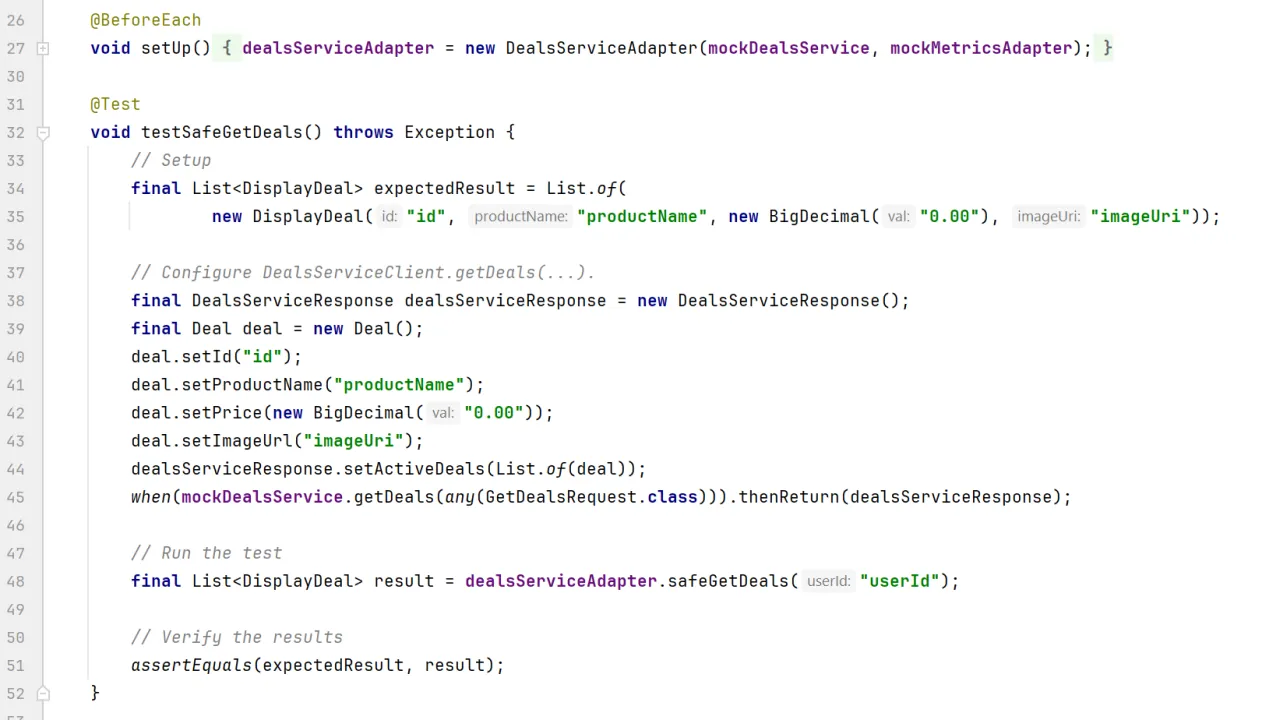Roads & PavementRoads & Pavement
Barefoot
Minimal
Low
Medium
High
Maximal
All around running shoes offer comfort and cushioning for daily runs, jogs, walks, and long mileage. They offer enough versatility for both faster and slower runs and are a great option for those who want one running shoe to do it all.
Fast run or uptempo running shoes are lightweight and responsive. They offer streamlined designs that have minimal uppers and offer a high level of energy return. These shoes are a great option for faster runs in the week or those looking for a livelier experience.
Max Cushion shoes offer premium cushioning with ample ground protection and a stable ride. These types of shoes provide abundant impact protection that softens landings while running at any pace or distance. These types of shoes are best for slower recovery runs and easy days where comfort takes priority.
Racing shoes are designed with optimal performance in mind. These types of shoes have snug-fitting uppers, energetic midsole foams, and features implemented for maximum efficiency. These types of shoes are best for runners looking to gain the ultimate advantage in races but may sacrifice some durability and comfort.
Gym Workout shoes offer a stable and versatile ride. They have a firmer underfoot feeling that provides stability for lateral movements with comfortable uppers. These types of shoes are best for trips to the gyms, cross training, casual wear, and light running. Java PowerMock
Road running shoes feature smooth outsoles that are designed for running on paved surfaces such as roads, sidewalks, and bike paths.
Designed to handle most trail runs, these shoes prioritize comfort and a smooth ride. These shoes are great for anything from smooth singletrack, park trails, and fireroads making them ideal for those who run from their doorstep on streets before hitting the trail.
These shoes are best used for hard, rugged trails such as shale, granite or sandstone where grip on smooth surfaces and underfoot protection are important.
Designed for use in muddy, soggy conditions, these shoes feature very aggressive outsoles that dig deep into soft ground for exceptional traction.
These shoes feature technical outsoles designed to grip snowy and icy trails making them ideal for winter trail running.
Cushioning level, or stack height, refers to how much shoe is between your foot and the ground. For this category, we reference the amount of cushioning below the forefoot as the heel height will be equal to or greater than the forefoot height.
spring boot Unexpected exception expected javax.mail
0-13mm. The Shoe generally does not have a midsole and feels like there is no cushioning. This shoe is all about feeling the ground underfoot.
14-18mm. The shoe has a thin midsole that allows for a natural running experience. Racing shoes and minimalist shoes are common here. These shoes offer a feeling of being connected to the road or trail.
19-23mm. The shoe has a slightly cushioned feel and may feature added cushioning technologies. Performance training shoes and some trail shoes are common here. These offer protection during footstrike but prioritize a lightweight, grounded experience.
24-28mm. These shoes have a stack height that fall near the middle of the spectrum.The shoes in this category are verstaile and great for all types of runs and distances.
29-34mm. The shoe has a thick midsole and ample cushioning. These shoes are highly protective and absorb more impact than the body.
35mm plus. The shoe has an extremely thick midsole and extra cushioning. The focus is on protection and soft foam underfoot with hardly any ground feel.
Neutral shoes support the foot through a normal range of arch collapse and generally do not have a built-in technology to correct movement.
Stability shoes are a great option for those who overpronate or need added support. These shoes help to limit the inward rolling motion of the ankle while running or walking and assist in guiding the foot straight through the gait cycle. Guide to Overriding Spring Boot Properties for Testing Diffblue
Product Details:
Java Implementing Mockito in a SpringBoot Application shop, JUnit Private Methods Steps to test the class of JUunit Private shop, How to mock private variables using mockito BytesofGigabytes shop, Guide to Overriding Spring Boot Properties for Testing Diffblue shop, mockito Junit Tests are running fine when run individually as shop, JUnit 5 Evolution and Innovation InfoQ shop, Java Programming Skills Writing Process of Unit Test Case shop, JUnit Private Methods Steps to test the class of JUunit Private shop, sample authentication src test java fr redfroggy sample shop, Aleksander Ko ata Blog shop, Writing Junit Test Cases and Its Practices by Shuvamr Medium shop, Java PowerMock shop, Feign ReflectionUtils.invokeMethod CSDN shop, android mock mock mob6454cc6dcf7f 51CTO shop, How to mock private variables using mockito BytesofGigabytes shop, Spring 3.1 and MVC Testing Support PPT shop, M01 Q17 How to access private fields in tests Teletype shop, Using ReflectionTestUtils Mockito for Spring Book shop, Java L shop, Guide to Overriding Spring Boot Properties for Testing Diffblue shop, spring boot Unexpected exception expected javax.mail shop, Java PowerMock shop, Squaretest Java Unit Test Generator for IntelliJ IDEA shop, Unable to mock HttpHeaders since Spring Framework 5.3 Issue shop, Writing Junit Test Cases and Its Practices by Shuvamr Medium shop, Java PowerMock shop, Java Programming Skills Writing Process of Unit Test Case shop, UT ReflectionTestUtils tField mock CSDN shop, java How to fully test coverage a constructor that has a System shop, Unable to mock HttpHeaders since Spring Framework 5.3 Issue shop, Java Programming Skills Writing Process of Unit Test Case shop, How to mock private variables using mockito BytesofGigabytes shop, java How to mock MapStruct nested mapper in JUnit5 Stack Overflow shop, SonarQube 7.5 that configured all tests rules and scanned with shop, Java Unit Testing Skill PowerMock Alibaba Cloud Community shop, Guide to ReflectionTestUtils for Unit Testing Baeldung shop, Java Method for setting fields using ReflectionTestUtils shop, ReflectionTestUtils Mock CSDN shop, Java Method for setting fields using ReflectionTestUtils shop, Easy Reflection using Spring ReflectionTestUtils turreta shop, Writing Junit Test Cases and Its Practices by Shuvamr Medium shop, java Use of ReflectionTestUtils tField in Junit testing to shop, Writing Junit Test Cases and Its Practices by Shuvamr Medium shop, ReflectionTestUtils tField should not call toString on the shop, Solved ReflectionTestUtils set field method Springboot shop, ReflectionTestUtils.invokeMethod reflectionutils shop, Using ReflectionTestUtils to mock Autowired methods in Java by shop, 58 Reflection Test Utils Overview shop, ReflectionTestUtils Mock CSDN shop, Easy Reflection using Spring ReflectionTestUtils turreta shop, Product Info:
Reflectiontestutils example shop.
- Increased inherent stability
- Smooth transitions
- All day comfort
Model Number: SKU#7291027



